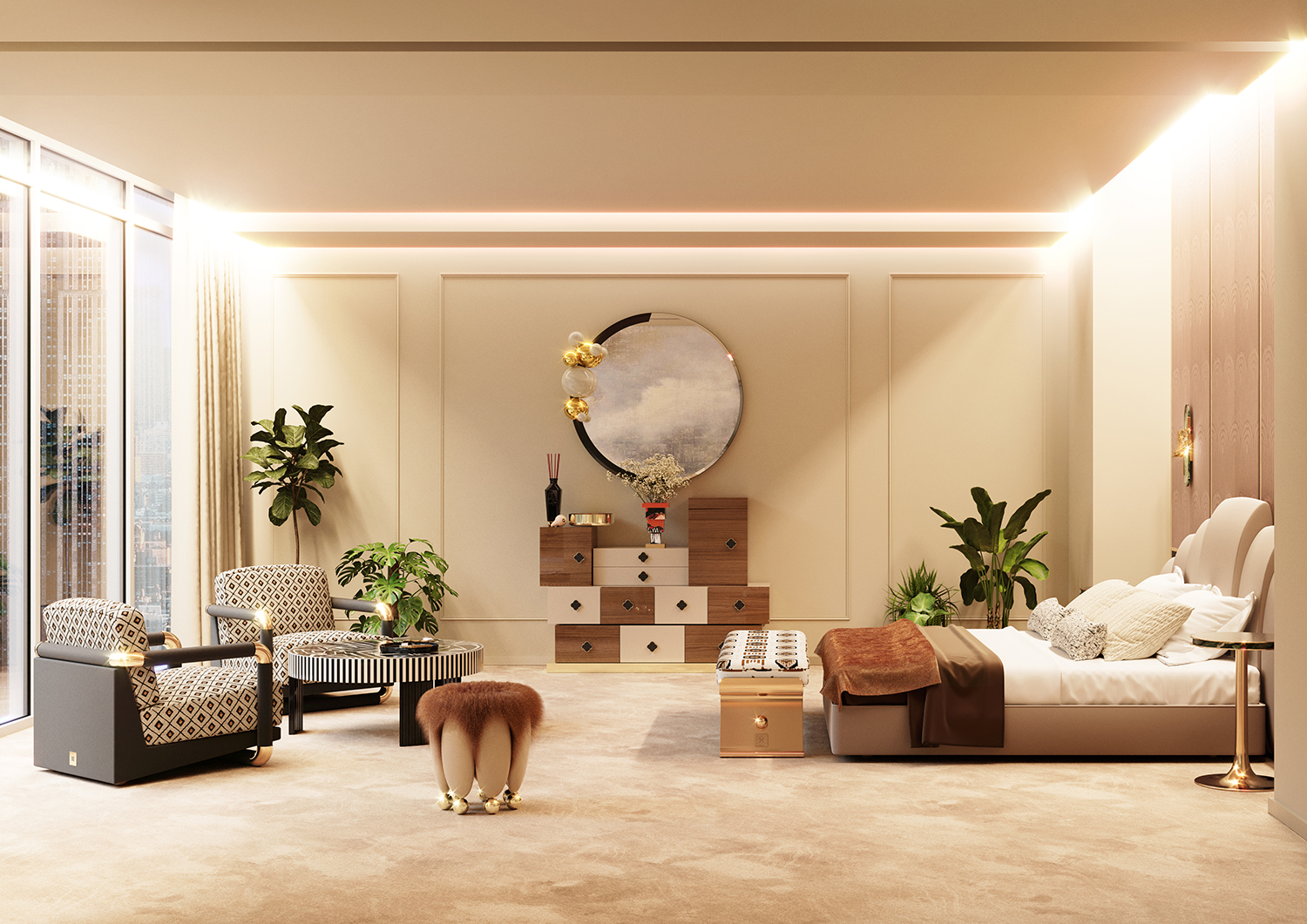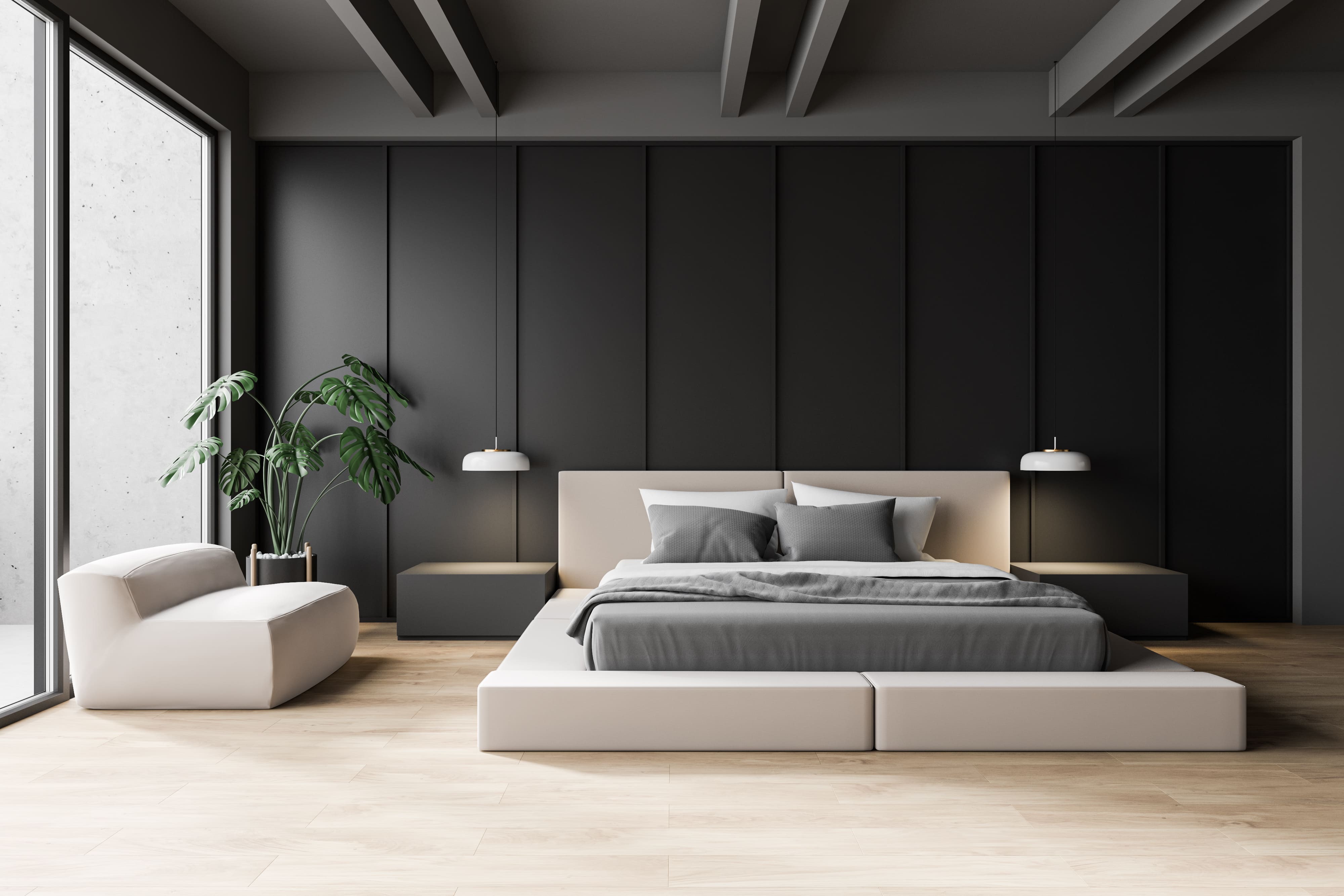Redefining Spaces: The Role of Interior Architecture Miami in Modern Design
Redefining Spaces: The Role of Interior Architecture Miami in Modern Design
Blog Article
Why Recognizing the Principles of Inside Design Is Crucial for Effective Area Preparation
Comprehending the concepts of interior style is fundamental to efficient room planning, as it prepares for creating atmospheres that harmonize performance with visual appeal. Necessary elements such as balance, flow, and percentage are not just decorative considerations; they are critical in optimizing exactly how a room is utilized. When these concepts are attentively applied, the outcome is an environment that urges both productivity and wellness. Several overlook just how these ideas link with functional applications, leading to missed out on possibilities in layout efficiency. Discovering this link reveals insights that could transform any space.
Significance of Area Planning
Space preparation is an essential element of interior layout that dramatically affects the performance and visual appeals of a space. It entails the calculated arrangement of furnishings, fixtures, and architectural components to enhance making use of offered area while boosting the overall customer experience. Efficient room planning addresses different elements, including flow, availability, and the specific needs of the passengers.
One of the main advantages of room planning is its capability to improve spatial performance. Interior designer Miami. By attentively arranging a layout, developers can ensure that every area offers a purpose, minimizing clutter and promoting a feeling of order. Additionally, correct space planning cultivates a harmonious atmosphere, allowing for seamless activity and interaction within an area
Moreover, successful room planning considers all-natural light, sightlines, and the relationship in between various areas. This alternative approach not only boosts the aesthetic allure but likewise adds to the health and productivity of the passengers. Ultimately, a well-executed area strategy is important in developing a balanced and welcoming ambience, making it vital for any interior layout project.
Trick Principles of Inside Style

One fundamental principle is equilibrium, which can be in proportion, asymmetrical, or radial. Balanced equilibrium creates a sense of order, while unbalanced balance offers a much more vibrant aesthetic appeal. An additional important concept is proportion and scale, making sure that the size of furniture and style elements associate sympathetically per other and the total space.
Color concept additionally plays a considerable duty, impacting mood and understanding. Developers use shade schemes to evoke certain sensations and enhance the spatial experience. Furthermore, the concept of rhythm involves producing a feeling of activity through repetition of patterns, shapes, or colors, directing the eye throughout the area.
Finally, the concept of focus routes focus to focal factors, enabling for a clear narrative within the style. Luxury Interior designer Miami. By sticking to these vital concepts, indoor developers can develop settings that not just satisfy useful needs however additionally reverberate with the occupants on an emotional degree
Impact on Functionality and Flow

The setup of furnishings, the option of materials, and the integration of technology all play crucial roles in attaining ideal performance. For example, placing seating locations in distance to work areas can help with communication and collaboration, therefore boosting efficiency. In addition, ensuring that pathways are unhampered and clear enables for effective activity, lowering blockage and advertising a natural flow throughout the room.
Moreover, integrating aspects such as illumination and color can better help in marking areas, making it less complicated for individuals to browse their environment. Thoughtful area preparation considers not just the physical aspects of style yet likewise just how users engage with their environments. Ultimately, a concentrate on functionality and flow not just boosts the user experience however additionally elevates the total effectiveness of the area, developing an environment that satisfies the demands of its occupants while promoting a feeling of consistency and balance.
Enhancing Aesthetic Appeals and State Of Mind
Three crucial elements-- lights, color, and texture-- play critical functions in boosting the visual appeals and state of mind of an indoor room. Color establishes the psychological tone; cozy hues like reds and oranges stimulate power and heat, while cooler shades such as blues and eco-friendlies promote additional hints peace and tranquility. Choosing a harmonious shade scheme can transform a room, producing a aesthetically enticing and natural environment.
Appearance adds depth and interest, adding to the responsive experience within an area. A mix of structures-- smooth surface areas, plush materials, and all-natural products-- can create visual intrigue and boost convenience. As an example, combining a soft velour couch with a streamlined glass coffee table can develop a well balanced visual that welcomes communication.
Lights, commonly an ignored element, dramatically effects mood. All-natural light fosters an open, airy environment, while strategically positioned man-made lighting can produce warmth and highlight building features. Dimmer buttons enable convenience, permitting changes to suit different activities or times of day.
Including these three aspects attentively not only raises the aesthetic appeal of an area but also grows an atmosphere that resonates with its desired purpose, eventually improving the overall experience for its residents.
Practical Applications in The Real World
Applying interior decoration concepts in reality requires a thoughtful technique that incorporates color, texture, and illumination right into everyday spaces. By comprehending just how these components work together, people can develop environments that are not only visually enticing but harmonious and likewise functional.
For example, in a small living location, employing a light color scheme can make the room really feel bigger and much more open. Strategic usage of mirrors can boost natural light and produce an impression of depth. Incorporating numerous appearances through textiles, such as rugs and cushions, can add warmth and interest without frustrating the detects.
Lights plays a vital duty in specifying the environment. Layered lighting, consisting of ambient, task, and accent alternatives, permits adaptability in state of mind settings. In an office, for instance, a combination of natural light, workdesk lights, and ornamental fixtures can increase productivity while keeping a welcoming setting.
Additionally, recognizing spatial connections and furniture plan can result in improved functionality. By sticking to concepts such as balance and proportion, one can guarantee that spaces offer their designated purpose while remaining aesthetically pleasing. Overall, sensible applications of indoor design principles considerably enhance the livability and allure of any kind of setting.
Final Thought
In final thought, understanding the concepts of interior decoration is important for efficient space planning, as it fosters a balance in between performance and visual appeals. By Get the facts applying vital principles such as proportion, color concept, and circulation, designers can develop environments that boost both functionality and visual appeal. Ultimately, this expertise adds to the growth of areas that not just satisfy practical demands however additionally raise the overall ambience, causing even more delightful and effective experiences for customers.
Recognizing the concepts of indoor layout is essential to reliable area preparation, as it lays the foundation for producing atmospheres that integrate performance with aesthetic allure.Area preparation is a fundamental facet of interior layout that substantially influences the functionality and looks of a space. Furthermore, proper room planning cultivates an unified atmosphere, enabling for seamless activity and communication within an area.
In addition, the principle of rhythm entails creating a sense of motion with repeating of forms, shades, or patterns, directing the eye throughout the area.
In final thought, recognizing the concepts of indoor style is critical for reliable room preparation, as it cultivates an equilibrium their explanation in between performance and appearances.
Report this page